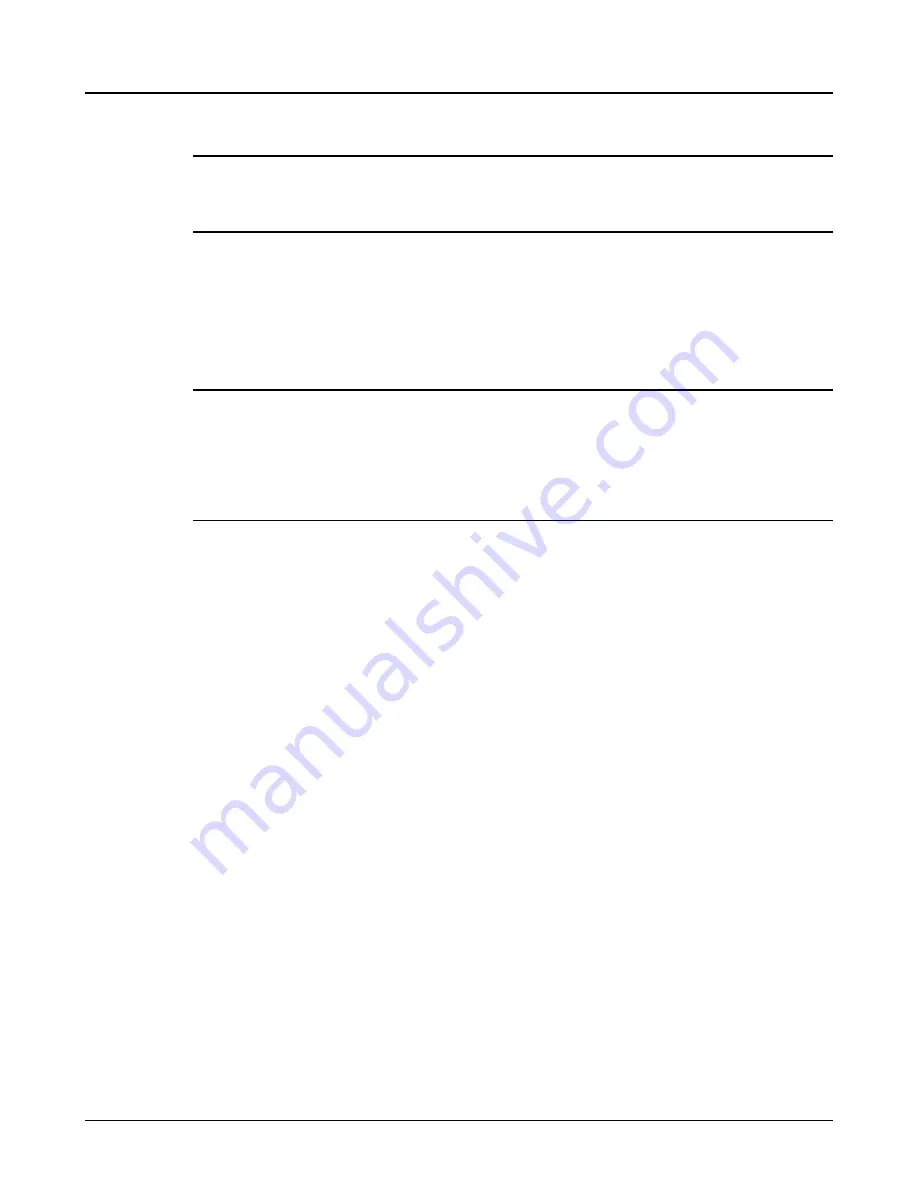
5.
Check the alignment of the impeller and the pump elbow. If necessary, correct the alignment by ad-
justing the springs or by using shims.
NOTICE:
If the flange gap is over 0.8 mm | 1/32", turn the adjusting screws a uniform amount to close
the gap. For a gap of 0.8 mm | 1/32" or less, omit this step.
6.
Tighten the vertical pipe flange bolts, recheck the alignment and connect the horizontal pipe flange
to the elbow. The pump unit should be level and there should not be any rubbing of the impeller in
the elbow when the shaft is turned by hand.
7.
Run each stop nut down to make light contact with the spring retainer. Lock in place by turning the
jam nut down tight against the stop nut.
8.
Inspect each spring holder to check the gap between the coils of the spring. There must be enough
total gap to accommodate the downward thermal expansion of the system without having them
compressed solid.
NOTICE:
Pumps with oil lubrication should be checked for oil level while thermal expansion is taking
place. It may be necessary to add oil to the bearing housing to provide the proper oil level to
the higher bearing. A line parallel with the sub-base deck through the proper oil level line will
show the correct level at the highest end of the bearing housing. A horizontal line back from
that point will establish the proper level mark on the sight gauge.
The system should be operated at normal temperature before the adjusting screw holders are
grouted in place. Some customers operate their units with the adjusting screw holders ungrouted.
If it becomes necessary to remove a spring assembly from a spring pocket, for safety the following
steps should be strictly adhered to:
4.1.4 Remove Spring from Spring Pocket
If it becomes necessary to remove a spring assembly from a spring pocket, for safety the following steps
should be strictly adhered to:
1.
Make sure the spring is relaxed. If the spring cannot be relaxed with the adjusting screw, the safest
method is to pry off the Plexiglas cover and cut the coils using a torch.
2.
Remove the bolts or cap screws, which fasten the spring retainer to the holder and lift out the entire
assembly.
3.
When the pump is connected to the system and a spring is removed, there should be support under
the sub-base near the spring location until the spring has been replaced and adjusted. Distortion of
the sub-base will affect the pump alignment, and the weight of the components is more likely to
cause distortion when the pump is connected to the rigid pipe system.
4.
If a spring is replaced while the system is hot, the stop nut should not be set until the system is cold.
The springs must be allowed to push the base back to its cold position.
An optional grease filled spring pocket is shown in Figure:
Grease filled spring pocket assembly
.
The difference between the standard pocket and the grease filled pocket is the addition of a grease
fitting and grease seal. Adjustment and setting of the grease filled pocket are identical.
4.1 Preinstallation
22
Model AF (42"/1200mm/54"/60"/66") LM/LMR Bearings Installation, Operation, and Maintenance Manual
















































